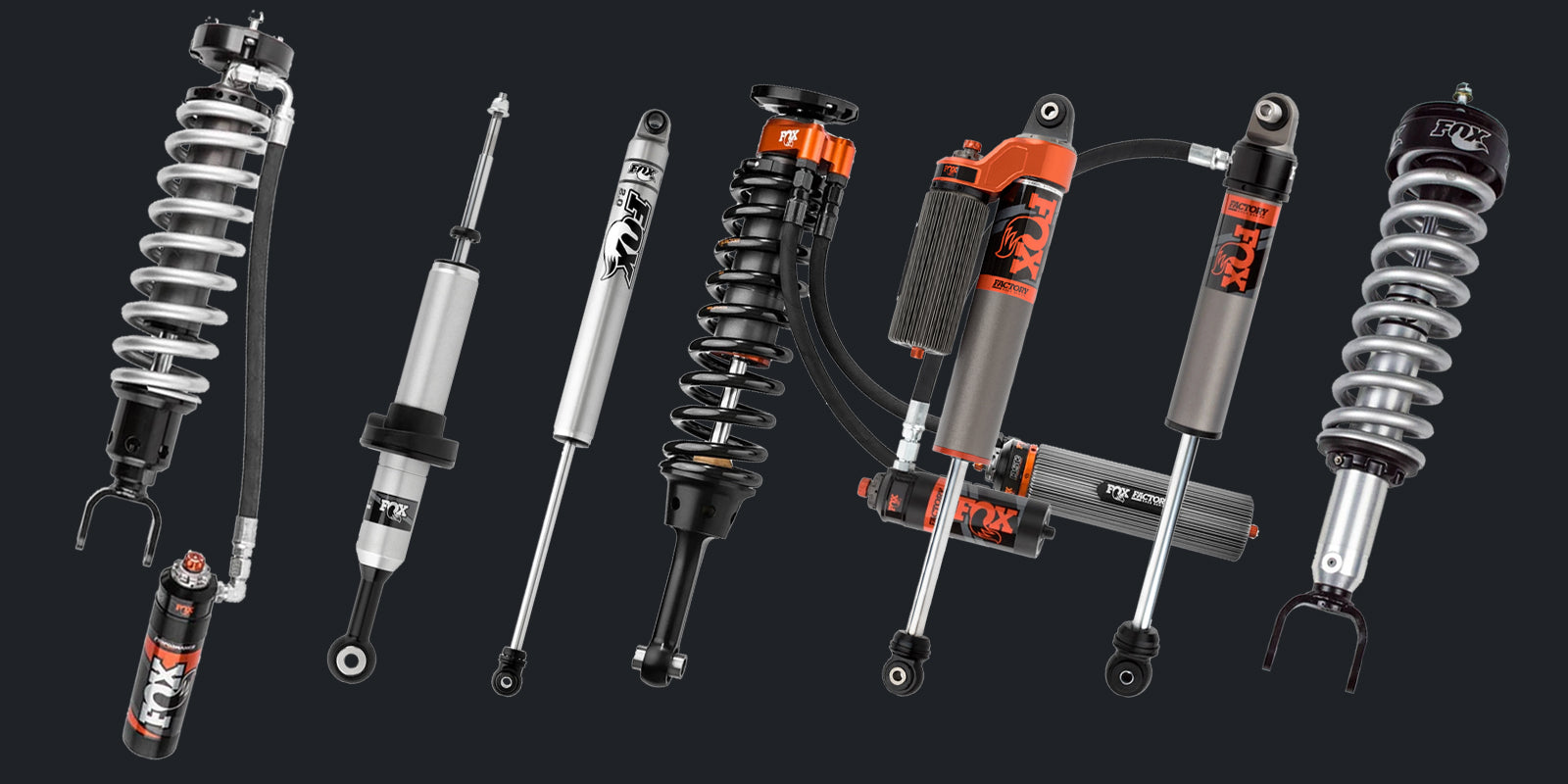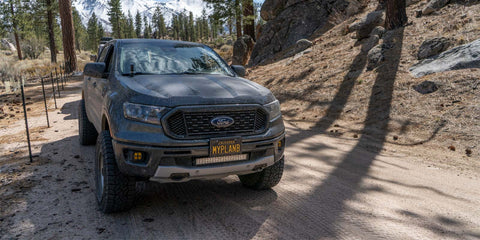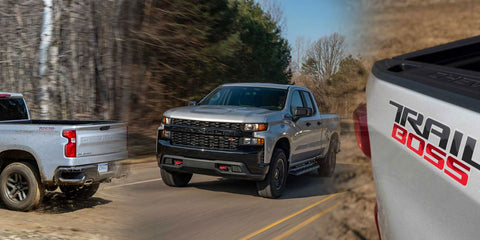Fox Shocks (Truck & Jeep) FAQ
Do Fox shocks really make a difference? Do Fox shocks improve ride quality?
One of the main differences noticed immediately when equipping Fox shocks on your vehicle is how much better the suspension will handle the every day bumps and irregularities. Potholes and speed bumps will be less jarring, washboard country roads will be a bit more forgiving and not so jolty, and rough icy roads even out a bit without all the rattle.
How long do Fox shocks last?
It Depends on your driving style and shock setup (2.0, 2.5, 3.0, etc). Fox’s 2.0 IFP shocks have recommendations for servicing by 50,000 miles for street-only use. If you beat on the 2.0s every weekend, then you should evaluate the shock’s health every 10k miles (shafts, seepage or leakage).
Which shocks are better, Falcon or Fox?
These are two different products in almost every aspect. Falcon shocks are a 2.25” shock body, while Fox is a 2” body. From all the feedback we’ve received, Falcon seem to ride a bit firmer than Fox 2.0, and we’ve heard from plenty of Jeep owners who have ran both brands. There are many reasons and background to this; Falcon and their associated suspension parts are very performance driven, better handling in the hard terrain, and tighter handling on the road. Fox is a more universal approach; not necessarily valved to specific suspension packages, but rather a general improvement in various use-cases. The verdict is still out on IFS light trucks, but we’ve heard similar feedback.
Why are Fox shocks so expensive?
Fox Shocks are a high performance type of product, this means its built with higher end components like seals, bushings, internals, oil, shafts, etc. All meant to withstand offroad punishment and environments. It takes a race-level approach to damping vehicles at high speed in very rough terrain over longer periods of time.
- Fox 2.0 - $159 / ea - $459 / ea (reservoir, CD reservoir, coilover)
- Fox 2.5 - $500 / ea - $1000 / ea (reservoir, DSC, coilover)
- Fox 3.0 - $1500 / ea - $2000 / ea (options, bypasses, etc)
Do Fox shocks provide a smooth ride?
Fox achieves comfort through control, both reducing body roll, and having better (than stock) bump compliance; meaning yes absolutely they provide a smooth ride. We have quite a bit of experience with upgrading our own vehicles with Fox, comparing against other competing brands, and Fox has always made a positive difference.
Do Fox reservoir shocks ride smoother than non-reservoir (IFP)?
To compare a reservoir shock vs a non-reservoir shock, you have to split the experience into daily-driver use and higher-speed offroad use. The benefits of the remote reservoir will typically only shine in high speed offroad use where the added oil reduces overall oil-temperature. There’s also more shock stroke in a reservoir shock compared to its non-reservoir counterpart, because the nitrogen chamber is located in the reservoir, compared to in the main body of the IFP. In other words, if you aren't pushing it hard on the weekends offroad, remote reservoir shocks are overkill.
What’s the biggest difference between Fox 2.0 and 2.5?
The biggest difference is body size, oil volume, and piston size. With a larger surface area for the working piston, the 2.5 shock just has to do much less work over identical terrain compared to the 2.0. This translates to a smoother feel on bumps, not so jolty. The shock can also stay cooler for much longer over identical terrain due to substantially more oil volume and lower operating pressures compared to the 2.0 counterpart.
Does a Fox stabilizer make a difference?
So far in our ride tests on our 2020 Power Wagon, the verdict is still out. We went from a perfectly good factory stabilizer, to a 2.0 performance stabilizer. So it's been hard to tell any difference at all with our setup (Carli 2” kit, Fox 2.0 reservoirs, 37” tires).







